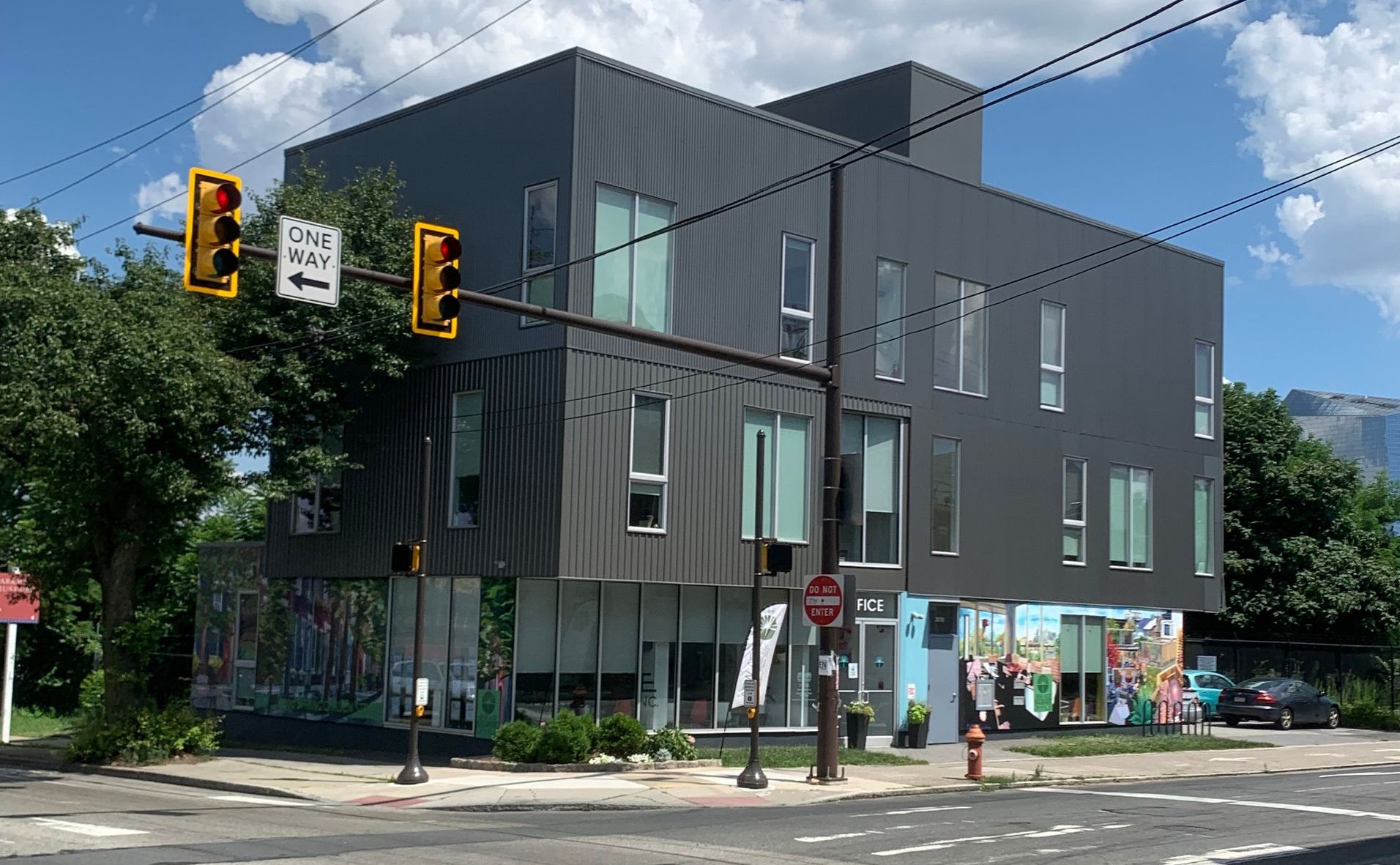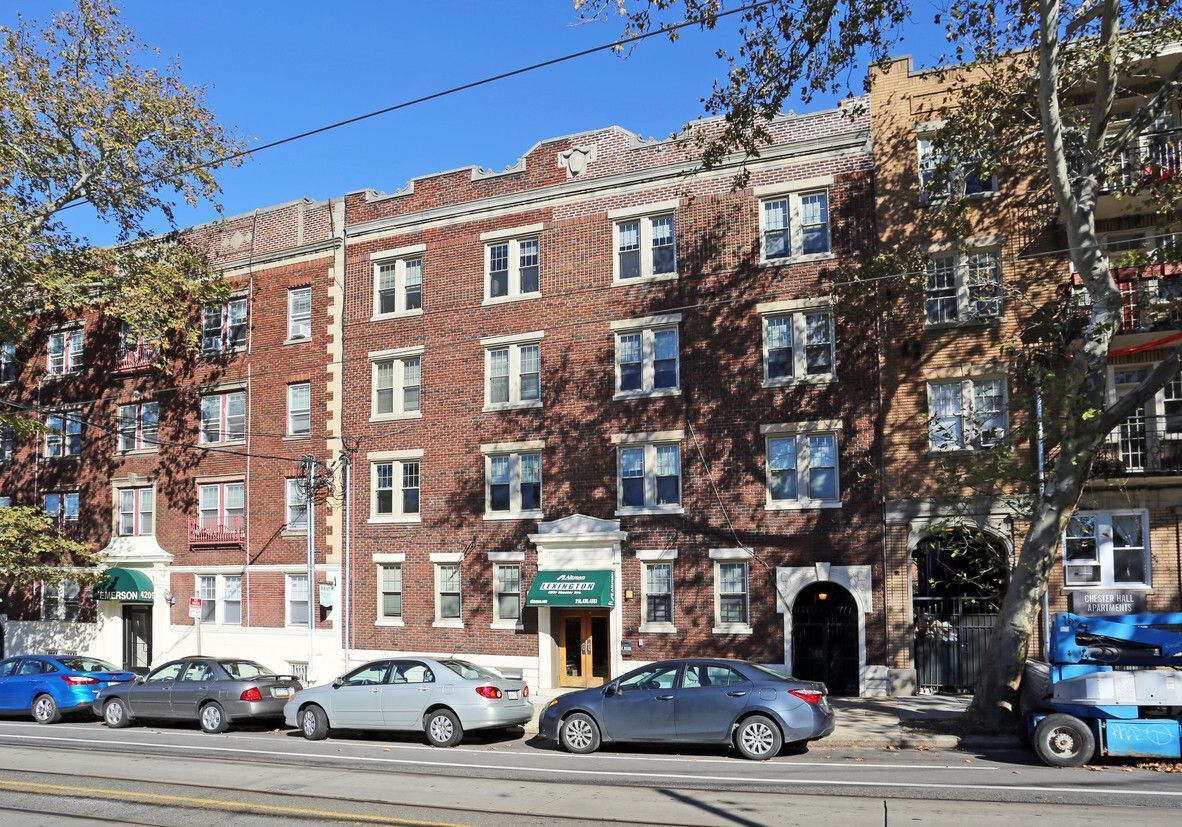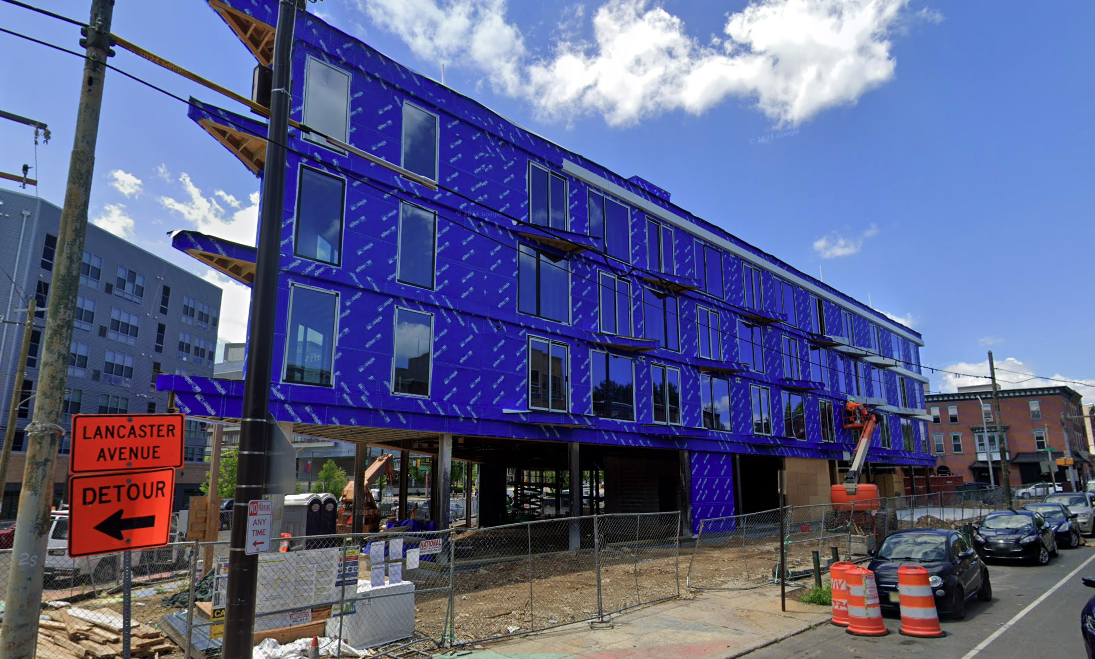Securing a mortgage is one of the most significant financial decisions individuals make. During this process the loan officer’s role is to guide their clients through this intricate process, ensuring you understand each step and make informed decisions. Here, we'll outline the journey of obtaining a mortgage, from preparation to closing, offering insights and tips to help prospective homeowners navigate this complex terrain.
Preparing for a Mortgage
Assessing Financial Health
The first step in the mortgage process is to evaluate your financial situation. This involves:
- Credit Score: Your credit score is crucial in determining your mortgage eligibility and interest rate. A higher score generally translates to better loan terms. Before applying, obtain your credit report and address any discrepancies or areas needing improvement.
- Income and Employment: Lenders require proof of stable income. Gather documentation such as pay stubs, tax returns, and employment verification. Consistent employment history, typically over two years, is favorable.
- Debt-to-Income Ratio (DTI): This ratio compares your monthly debt payments to your gross monthly income. A lower DTI indicates better financial health and increases your chances of securing a mortgage. Aim to keep your DTI below 43% (but your DTI can go higher than that under certain loan programs).
- Savings:
Accumulate savings for the down payment and other expenses. While the down payment varies (typically 3-20% of the home's price), having additional reserves can cover closing costs and unexpected expenses.
Choosing the Right Mortgage
Mortgage Types
Understanding different mortgage options is essential:
- Fixed-Rate Mortgage: Offers a stable interest rate and monthly payments over the loan term, typically 15, 20, or 30 years. Ideal for those who prefer predictable payments.
- Adjustable-Rate Mortgage (ARM): Has a variable interest rate that changes after an initial fixed period. It may offer lower initial rates but carries the risk of rate increases over time.
- FHA Loans:
Insured by the Federal Housing Administration, these loans are designed for first-time buyers and those with lower credit scores. They require a lower down payment (as low as 3.5%).
- VA Loans:
Available to veterans and active military personnel, these loans often require no down payment and offer competitive interest rates.
- Conventional Loans: Not insured by the government, these loans typically require higher credit scores and larger down payments but offer more flexibility.
Interest Rates and Terms
Interest rates and loan terms significantly impact the total cost of the mortgage. Compare offers from multiple lenders to find the best rates and terms. Consider the Annual Percentage Rate (APR), which includes interest and other loan-related costs, for a comprehensive comparison.
Pre-Approval Process
Obtaining a mortgage pre-approval strengthens your position as a buyer. It shows sellers you are serious and financially capable, which can be advantageous in competitive markets.
- Application: Complete a mortgage application with your chosen lender, providing detailed financial information.
- Documentation: Submit required documents, including proof of income, tax returns, and asset statements.
- Credit Check: The lender will perform a credit check to assess your creditworthiness.
- Pre-Approval Letter: If approved, you'll receive a pre-approval letter indicating the loan amount you qualify for. This letter is typically valid for 60-90 days.
Finding a Home
With a pre-approval letter in hand, start your home search. Work with a real estate agent to find properties within your budget and preferences. Once you find a suitable home, make an offer and negotiate the purchase price.
Mortgage Application and Underwriting
Full Application
After your offer is accepted, complete the full mortgage application. Provide updated financial documents and any additional information the lender requests.
Home Appraisal
The lender will order a home appraisal to determine the property's market value. This ensures the loan amount does not exceed the home's worth, protecting both the lender and borrower.
Underwriting
During underwriting, the lender thoroughly reviews your application and supporting documents. They verify your financial stability, creditworthiness, and the property’s value. The underwriter may request further documentation or clarification during this process.
Loan Approval and Closing
Loan Approval
Once underwriting is complete, you'll receive final loan approval. Review the loan terms carefully, ensuring they align with your expectations and budget.
Closing Disclosure
Three days before closing, you'll receive a Closing Disclosure detailing all loan costs, including interest rates, monthly payments, and closing costs. Review this document thoroughly and ask your lender any questions.
Closing Day
On closing day, you'll sign various documents to finalize the mortgage. This includes the promissory note, mortgage agreement, and deed of trust. Be prepared to pay closing costs, which typically range from 2-5% of the home's purchase price.
Post-Closing
After closing, the lender will disburse the loan funds to the seller, and you will officially own your new home. Set up your mortgage payment schedule and consider setting up automatic payments to ensure timely payments.
Tips for a Smooth Mortgage Process
- Stay Organized: Keep all financial documents organized and easily accessible. This will streamline the application and underwriting processes.
- Communicate with Your Lender:
Maintain open communication with your lender. Promptly respond to requests for additional information to avoid delays.
- Avoid Major Financial Changes: During the mortgage process, avoid taking on new debt, making large purchases, or changing jobs. Significant financial changes can impact your loan approval.
- Budget for Additional Costs:
Besides the down payment and closing costs, budget for moving expenses, home maintenance, and any necessary repairs or upgrades.
- Seek Professional Advice: Consult with a mortgage advisor or financial planner to understand the long-term implications of your mortgage decision.
Summing It All Up
Obtaining a mortgage is a multifaceted process that requires careful planning, diligent documentation, and informed decision-making. As a loan officer, my goal is to support clients through each stage, ensuring they secure the best possible mortgage for their needs and financial situation. By understanding the process and following these guidelines, prospective homeowners can navigate the mortgage journey with confidence and achieve their dream of homeownership.

















